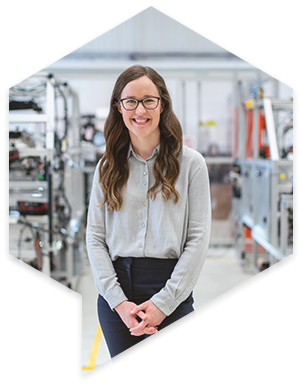Localization Lifecycle Management
Translation automation workflows aren’t static. They change and evolve with customer needs and market developments. A well-designed and managed workflow is one of the business capabilities that sets you apart from the competition. Crosslang helps to ensure you differentiate yourself by managing the lifecycle actively and effectively.

Localization Lifecycle Management Services
Effective localization lifecycle management requires optimal alignment of people, processes, and technology to a homogeneous whole in support of your business goals. Effective alignment with business goals ensures that investments are aimed at highest reward initiatives. It establishes continuous optimization that is essential to continue to evolve skills, processes, and systems in line with market needs.
CrossLang’s proven “Translation Automation Lifecyle” model is loosely based upon the open TOGAF framework, which been used globally for adopting and developing best practices. CrossLang’s Translation Automation Lifecycle has been adjusted to fit the localization and content management industry more broadly and comes packed with industry best practices and processes.

The first phase of the model is “advocacy” that deals with the establishment of the strategy and the business goals across the organization, the required governance as well as the business and the technology architecture required to support these goals.
The “migration” phase deals with the “unfreezing”, migrating, and “freezing” of the environment, assisting the organization to successfully migrate to the target state.
The final and key phase of the framework deals with the “governing” of the environment, aimed at ensuring that the solution remains fit for purpose as requirements change and evolve, that all stakeholders are involved in an effective manner and that lessons learnt result in ongoing improvements.
Learn more about CrossLang’s translation automation services here.
Localization Lifecycle Management for German Industrial Group
A multi-billion revenue, globally operating industrial group turned to CrossLang to assist with the assessment of the current state, and the development of the target state in line with global business requirements.
The engagement resulted in a major transformation of the localization automation workflow. A joint global governance board brought together all key stakeholders, and a center of excellence and shared services center bundled key expertise. Furthermore, the development of an open technology stack delivered major improvements in automation, time to market, cost savings and insights through extensive business intelligence. These insights consequently present information required for continuous improvements.

